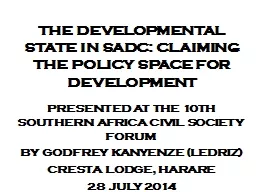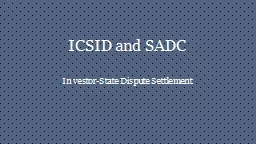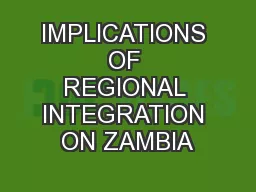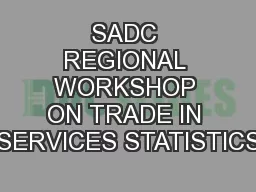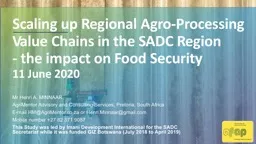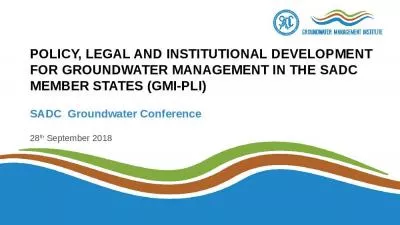PPT-THE DEVELOPMENTAL STATE IN SADC: CLAIMING THE POLICY SPACE FOR DEVELOPMENT
Author : tatyana-admore | Published Date : 2018-10-27
PRESENTED AT THE 10TH SOUTHERN AFRICA CIVIL SOCIETY FORUM BY GODFREY KANYENZE LEDRIZ CRESTA LODGE HARARE 28 JULY 2014 STRUCTURE OF PRESENTATION 10 DEFINING DEVELOPMENT
Presentation Embed Code
Download Presentation
Download Presentation The PPT/PDF document "THE DEVELOPMENTAL STATE IN SADC: CLAIMIN..." is the property of its rightful owner. Permission is granted to download and print the materials on this website for personal, non-commercial use only, and to display it on your personal computer provided you do not modify the materials and that you retain all copyright notices contained in the materials. By downloading content from our website, you accept the terms of this agreement.
THE DEVELOPMENTAL STATE IN SADC: CLAIMING THE POLICY SPACE FOR DEVELOPMENT: Transcript
Download Rules Of Document
"THE DEVELOPMENTAL STATE IN SADC: CLAIMING THE POLICY SPACE FOR DEVELOPMENT"The content belongs to its owner. You may download and print it for personal use, without modification, and keep all copyright notices. By downloading, you agree to these terms.
Related Documents

